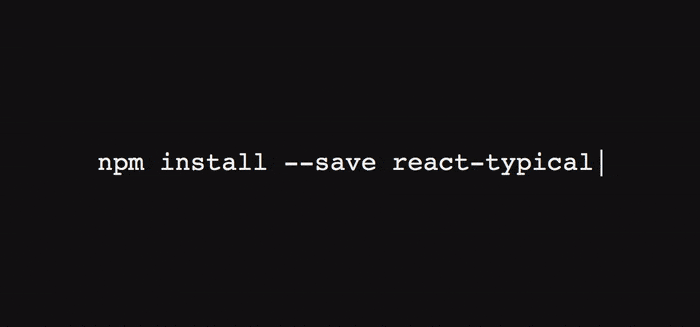
React JS is an open-source JavaScript library for building user interfaces. It was developed by Facebook and released in 2013. React JS is designed to make it easier to build complex and interactive user interfaces by breaking the interface into small, reusable components.
React JS uses a virtual DOM (Document Object Model) to manage updates and render changes efficiently. The virtual DOM is a lightweight representation of the actual DOM, and React JS uses it to quickly determine what changes need to be made and to update the actual DOM only where necessary. This approach improves performance and makes it easier to manage complex user interfaces.
Some key benefits of using React JS for web development include:
Reusable Components: React JS allows developers to break down the user interface into small, reusable components that can be used across multiple pages and applications. This makes it easier to build and maintain complex user interfaces.
Virtual DOM: React JS uses a virtual DOM to manage updates and render changes efficiently, resulting in improved performance and a better user experience.
Strong Community Support: React JS has a large and active community of developers who contribute to its development and provide support, resources, and tools to help developers build high-quality web applications.
Server-side Rendering: React JS allows for server-side rendering, which can improve the performance and SEO of web applications.
Performance: React JS provides a fast and responsive user interface by using its virtual DOM and optimizing the rendering process.
Easy to Learn: React JS is easy to learn and use, making it an excellent choice for both beginner and experienced developers.
 Best Mobile App Development Company in Delhi NCR | Oprezo India
Best Mobile App Development Company in Delhi NCR | Oprezo India
 Top Web Development Services in Delhi/NCR | Oprezo India – React JS, Angular JS, eCommerce & More
Top Web Development Services in Delhi/NCR | Oprezo India – React JS, Angular JS, eCommerce & More
 Top Mobile App Development Company in Delhi / NCR | Oprezo India
Top Mobile App Development Company in Delhi / NCR | Oprezo India
 Mobile App Development in Delhi - Android, iOS, Hybrid & Flutter | Oprezo India
Mobile App Development in Delhi - Android, iOS, Hybrid & Flutter | Oprezo India
 Why Oprezo India is the Best Web Development Partner in Delhi NCR?
Why Oprezo India is the Best Web Development Partner in Delhi NCR?